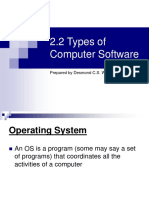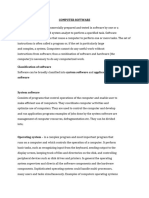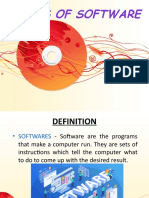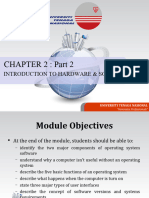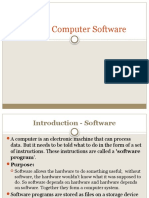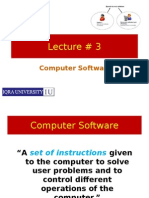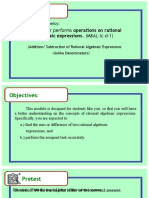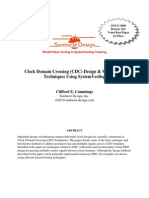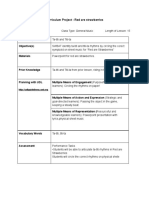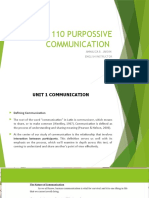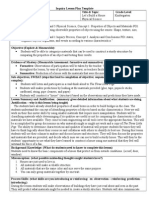0% found this document useful (0 votes)
16 views37 pagesTypes of Computer Software
The document outlines the types of computer software, distinguishing between system software (including operating systems) and application software. It details the functions of operating systems, examples of popular operating systems, and various types of application software used for specific tasks. Additionally, it covers topics such as user interfaces, utility programs, networks, the Internet, and data file types.
Uploaded by
gegovskijakovCopyright
© © All Rights Reserved
We take content rights seriously. If you suspect this is your content, claim it here.
Available Formats
Download as PPT, PDF, TXT or read online on Scribd
0% found this document useful (0 votes)
16 views37 pagesTypes of Computer Software
The document outlines the types of computer software, distinguishing between system software (including operating systems) and application software. It details the functions of operating systems, examples of popular operating systems, and various types of application software used for specific tasks. Additionally, it covers topics such as user interfaces, utility programs, networks, the Internet, and data file types.
Uploaded by
gegovskijakovCopyright
© © All Rights Reserved
We take content rights seriously. If you suspect this is your content, claim it here.
Available Formats
Download as PPT, PDF, TXT or read online on Scribd
/ 37










